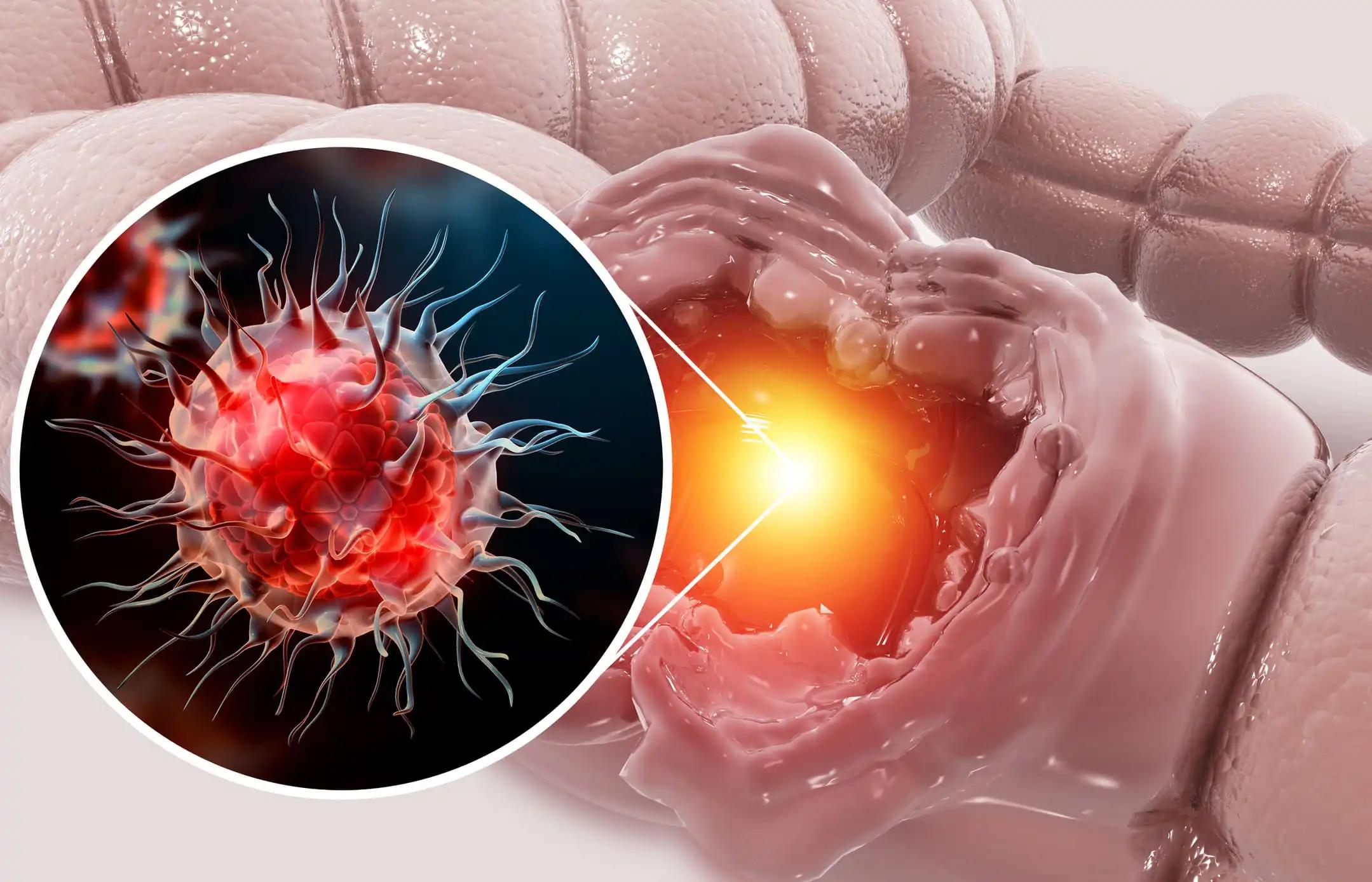KEY TAKEAWAYS
- The study aimed to assess the complementary prognostic value of radiomic parameters and ctDNA status in pts wih LARC.
- The radiomic with post-NAT ctDNA status and rNAR score may be prognostic for survival outcomes in LARC.
Magnetic resonance imaging (MRI)-based radiomic metrics offer a distinctive quantitative technique for the prediction of pathological complete response (pCR) to neoadjuvant therapy (NAT) in patients (pts) with locally advanced rectal cancer (LARC).
The previous research by Giorgia Marisi and the team showed that circulating tumor DNA (ctDNA), alone or in combination with the neoadjuvant rectal (NAR) score, may predict patient outcomes in NAT.
This study aimed to evaluate the complementary prognostic value of radiomic parameters and ctDNA status, alongside the radiological neoadjuvant rectal (rNAR) score, in pts with LARC.
Researchers performed a retrospective analysis and employed tumor-informed, personalized 16-plex polymerase chain reaction (PCR)- next-generation sequencing (NGS) – ctDNA assay (SignateraTM, Natera, Inc.)on presurgical ctDNA samples collected post-NAT.
The rNAR scores were calculated based on the formula (5 *cNpost-NAT−3[cTpre-NAT − cTpost-NAT] +12)2÷9.61. Radiomic parameters, including T2W minimum (min) and Flatness (FL), were analyzed from radiological images obtained pre-NAT.
The status of the association was evaluated between ctDNA, rNAR and radiomic metrics along with disease-free survival (DFS).Pts were subgrouped into low (NAR < 8), intermediate (NAR = 8-16), and high (NAR > 16) risk groups. T2Wmin and FL were subdivided based on median values, with T2Wmin having a threshold of 30.07 and FL a threshold of 0.541.
Results indicated that about 30 plasma samples were obtained from pts with LARC having a median age of 67 years (range: 38-80), and a median follow-up of 60 months (range: 10-118). Assessing the ctDNA status followed by NAT alongside T2Wmin and FL, pts with high T2Wmin/FL and ctDNA positivity experienced inferior DFS compared to ctDNA-negative pts with high T2Wmin/FL (HR: 5.93, 95% CI: 0.97-36.21; P=0.054 / HR: 12.88, 95% CI: 1.87-88.89; P=0.010).
Furthermore, pts who were ctDNA-positive with an intermediate/high rNAR score had significantly worsened DFS (HR: 14.12, 95% CI: 1.52-188.1; P=0.016) compared to their ctDNA-negative counterparts.
Receiver operating characteristic (ROC) curves contrastingly reflected that the rNAR score outperformed both T2Wmin (area under the curve (AUC): 0.583 [0.37-0.80]) and FL (AUC: 0.56 [0.34-0.78]) with an AUC of 0.801 [0.63-0.97].
Radiomic combined with post-NAT ctDNA status and rNAR score may potentially be utilized in prognosis and for survival outcome prediction in pts with LARC.
The study was funded by Natera, Inc.
Source: https://cslide.ctimeetingtech.com/esmogi24hybrid/attendee/confcal/show/session/3
Marisi G, Molinari C, Feliciani G, et al. (2024). “Utility of MRI-based radiomic metrics and circulating tumor DNA to predict outcomes in locally advanced rectal cancer.” Presented at ESMO-GI 2024, (Abstract 274P).



